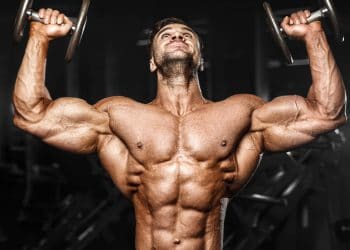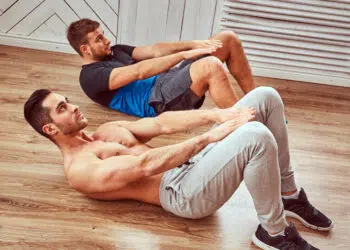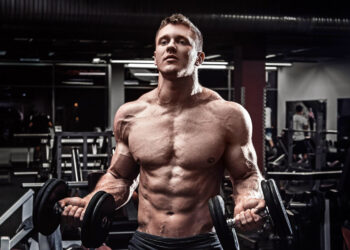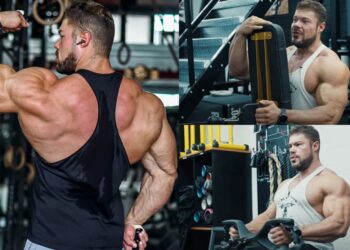It won’t take long for you to see why this is the best Back Workout video ever. In fact, Jeff putting the science back in strength in the video to show you not only how important it is to train every major muscle in your back but to not neglect some of the most commonly ignored muscles. With Back Exercise examples for how to attack each area, you will feel more prepared than ever to hit your next Back Workout with a new appreciation for Back training.
To start, it is important to break down the back into different zones. The most commonly focused on the area is lats. The lats are a large muscle group that gets trained in every popular back workout. They can be hit with exercises like pullups, lat pulldowns, etc. Any exercise that adducts your arm and brings it into your sides is a good candidate for helping you build bigger lats. That said, you may feel a greater stretch on the lats by performing an underhand version of the pulldown.
As you can see, the anatomy of the lats explains how a larger stretch can be felt on them if you allow your elbow to travel in front of and away from your body. When doing a traditional lat pulldown, the elbow stays in line with the torso which prevents the degree of stretch you feel in the alternative grip.
The teres major is a muscle that assists the function of the lats. This muscle is also necessary for filling out the thickness of the back by sitting just above the latissimus dorsi. You can train this muscle more specifically by widening your grip during a lat pulldown. Keep your hands as far apart on the pulldown bar as you can, and you will feel the extra focus being driven towards the teres major.
Level Up Your Fitness: Join our 💪 strong community in Fitness Volt Newsletter. Get daily inspiration, expert-backed workouts, nutrition tips, the latest in strength sports, and the support you need to reach your goals. Subscribe for free!
The traps are by far one of the most extensive and largest muscles of your back. With fibers in the upper traps running in one direction and those in the lower traps running in a different direction, you can preferentially accentuate the work of each area by changing the position of the angle of pull. A good traps exercise, therefore, must position the arm at an angle while the lower traps can be hit nicely on the inverted y exercise.
The rotator cuff and lower back are no less important to complete back development. See the best back exercises for hitting these areas and start not only building a bigger back but making sure that yours stays healthy for a long time.








